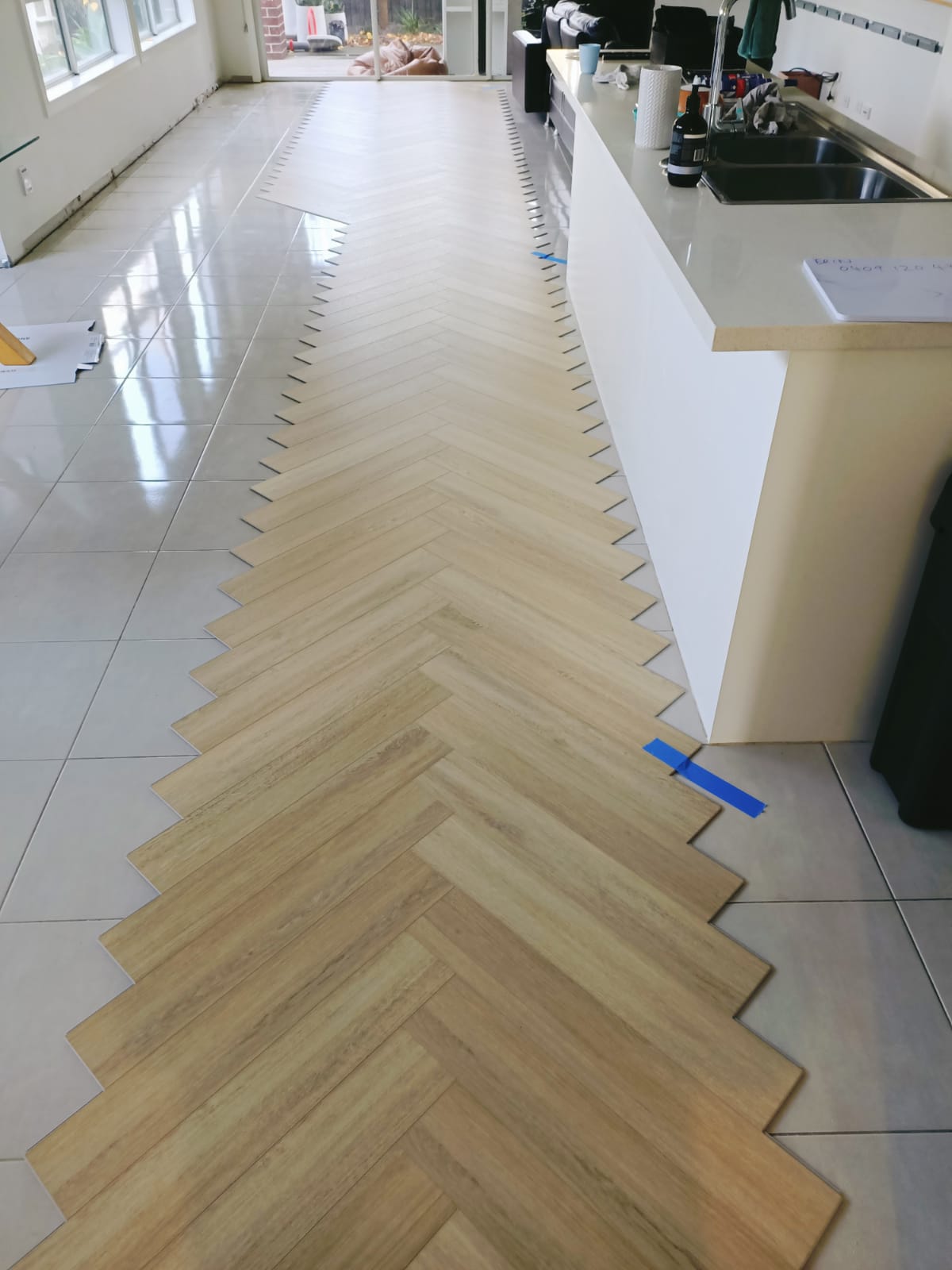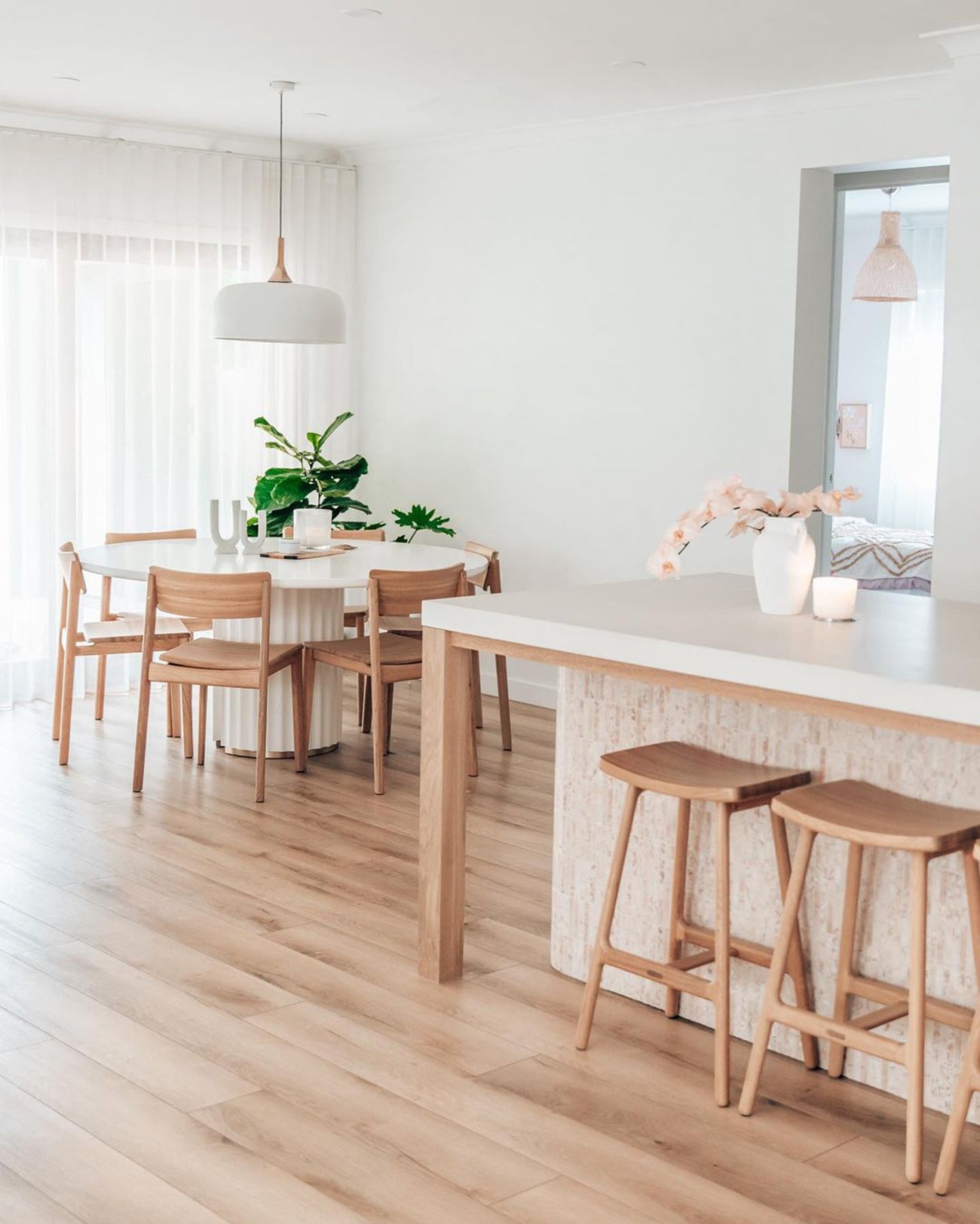The easy way to install hybrid flooring
Welcome to our simple guide for installing your new hybrid floors.
You're going to love just how quick and easy it is to lay your new hybrid floors over your existing subfloor.
Welcome to our simple guide for installing your new hybrid floors.
You're going to love just how quick and easy it is to lay your new hybrid floors over your existing subfloor.

Our hybrid floors are designed to be laid over almost any pre existing subfloor including tiles. For optimal performance ensure your existing tiled floor is clean, flat, smooth and level with a minimal bevel. A levelling agent may be applied to grout lines if required.

Congrats, you did it! Before you kick back and admire a job well done, don’t forget to snap some photos and share your new floors. Tag us on Instagram @flooringonlineau to really make our day.
Postcode not found, please try again